I counted my motorcycle helmets this week: I have three Arais, two HJCs, and two by Zox. I think there’s a Shoei that’s missing a face shield in a storage locker, and there is a Schuberth that’s falling apart from age and about to be thrown out. A couple of others that I can’t find at the moment and don’t remember very well. I did throw out another Zox a couple of weeks ago, after it got dinged in a parking lot incident. I did once throw out an Arai that was scratched after I’d stopped a bike; I sent it to Arai’s U.S. labs for testing, thinking I’d write about it—but they reported that, though the liner looked fine, it was broken. You just can’t tell with a cursory glance if a helmet that’s scratched but otherwise looks okay is as capable of protecting you as it was on the day you bought it.
I love my Arais; I don’t think you can get a better helmet off any shelf, and that’s why I still have them when they should be thrown out due to age. They are expensive, but I didn’t pay for them (though I have paid for Arais, a Doohan model and a Schwantz model, in the past). I also liked the Schuberth a lot, which is why it’s worn out. And, like the others, didn’t cost me a cent. The HJC helmets I like quite a bit; although my impression of that brand used to be that it was cheap, newer HJC helmets appear to be well made, and their sunshade and modular (lifting chinbar) functions are nice to have. I have recently worn them on long days in comfort. The Zox helmets I’m not sure about. They were given to me by Motovan, a large Canadian distributor. Both are modular helmets with integrated sunshields, and both sell for less than $200 in the Canadian market. That said, I have worn both of them in comfort.
The Arais, when they were new, would have sold for $700 and more; the Schuberth would have been more expensive yet, and the Shoei modular helmet that’s in a storage locker probably sold for about $400. You get what you pay for, they say. Is it true? Or just another marketing line.
An article in a motorcycling website (https://bit.ly/2D1r3oU) claims that a lot of the motorcycle helmets available in the United States have failed to pass some government-mandated tests. In fact, over the past five years, the article claims, more than 40 percent of tested helmets failed. Many failed due to labelling problems, but that 40 percent figure accounts for those that blew it on performance testing. And these were helmets that were already on store shelves; we’re talking about secondary, subsequent testing by a reliable laboratory.
That’s serious news for a street rider.
The testing standards for those helmets were from the National Highway and Traffic Safety Administration, and are colloquially called DOT, for Department Of Transport, but are officially termed FMVSS 218 (Federal Motor Vehicle Safety Standard 218).
Canadian provincial governments often fail to act in the best interests of their constituents, though such failures would be expected, given the personalities of some of their representatives. However, in 2012, Ontario’s Liberal government did something that appears to be truly beneficial for street motorcyclists. They added the European helmet standard ECE 22.05 to the list of acceptable helmet standards for street use in this province, and recommended that other Canadian jurisdictions do that, too.
Why would that matter? Because other safety standards, principally the U.S. NHTSA (or FMVSS) standards, allow manufacturers to certify their helmets by the manufacturers’ own testing. And, as we’ve learned, 40 percent of those helmets, already available to motorcyclists, failed subsequent testing, though they were labelled as having passed.
Even helmets that have legitimately passed the DOT tests can be less safe than those certified under the ECE standard, according to the article I read, because they are allowed to pass a greater amount of force on to the rider’s head, while Snell and ECE 22.05 more severely restrict the amount of g-force allowed to get through the protective layer. And, perhaps even more importantly, ECE requires that helmets be taken off store shelves and tested, which establishes that the same helmets that riders are able to buy are given these stringent European standard tests.
So, which of my helmets are ECE certified? That’s right, you fans of the ironic. The Zox helmets, both of them (and presumably the one I threw out a few weeks ago) wear an ECE label. That’s in addition to an FMVSS standards label (actually, it’s all on one label, and appears to be part of the paint job, not a separate label). My HJC helmets are FMVSS certified and I feel confident that they really did pass that agency’s tests, but I don’t know for sure, do I? My Arais all have Snell and DOT labels, and were almost certainly properly tested, but all appear to be too old for ECE labelling; in that regard, they should be kept only as display artifacts, not wearable helmets. A phone call to GP Bikes, however, resulted in my being told that at least a lot of the Shoei and Arai helmets are ECE tested. We can probably assume that many other brands offer ECE-approved helmets, too. Which is a good thing.
Should ECE labelling be a factor in your future helmet-purchasing decisions? I think yes, the European standard is a good one. Which makes the two Zox helmets that I have in my closet better than I expected. And shouldn’t everything turn out that way?
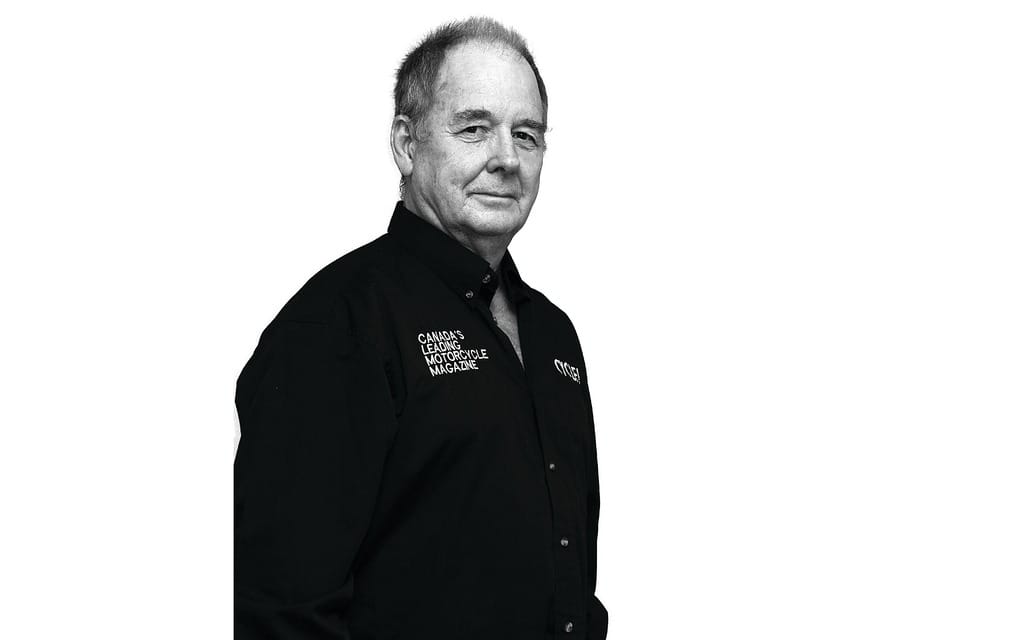
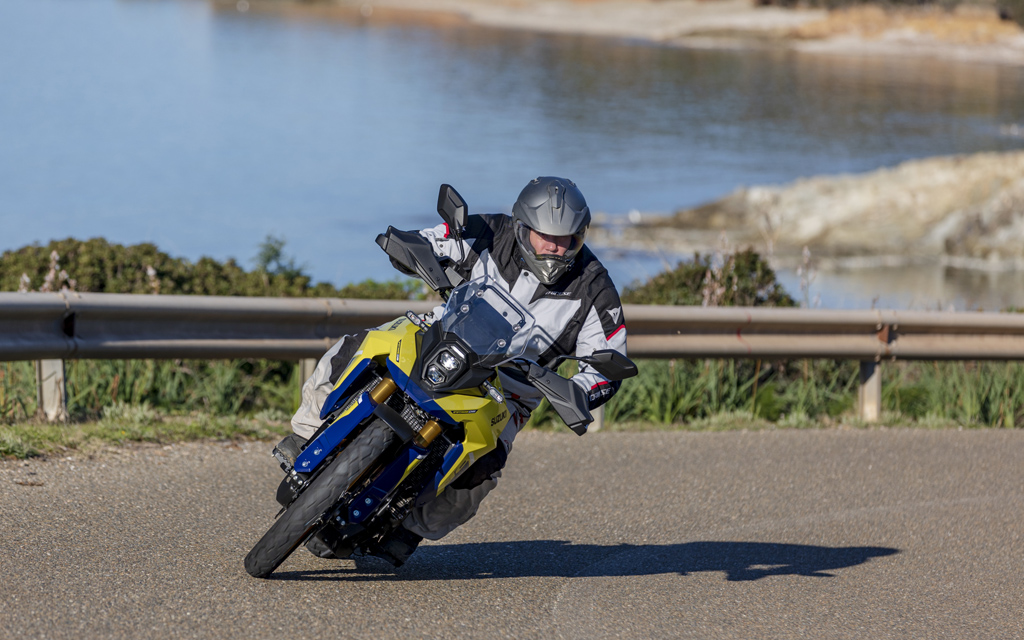
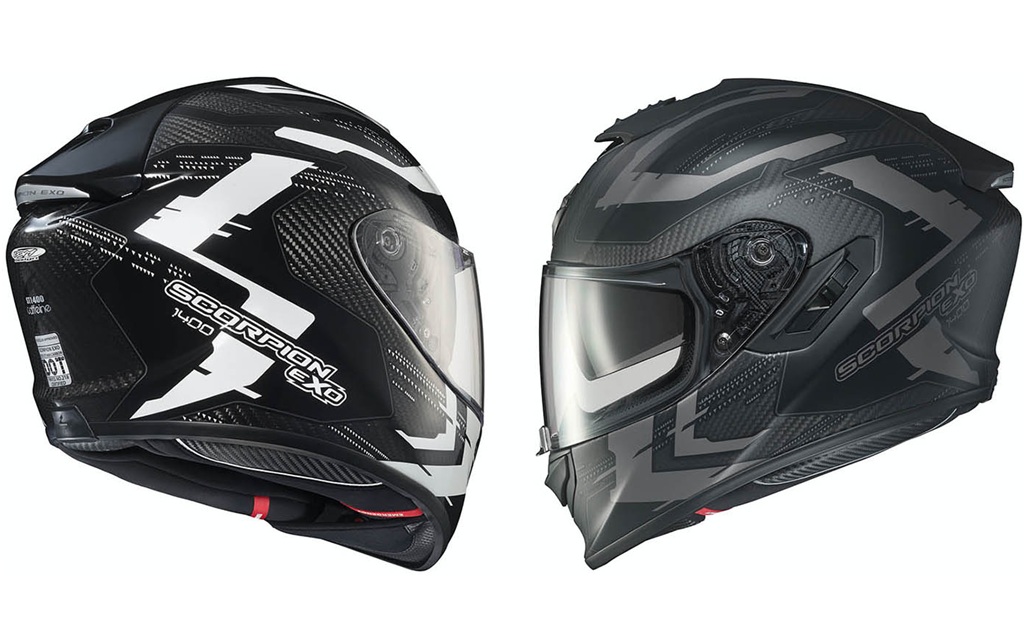
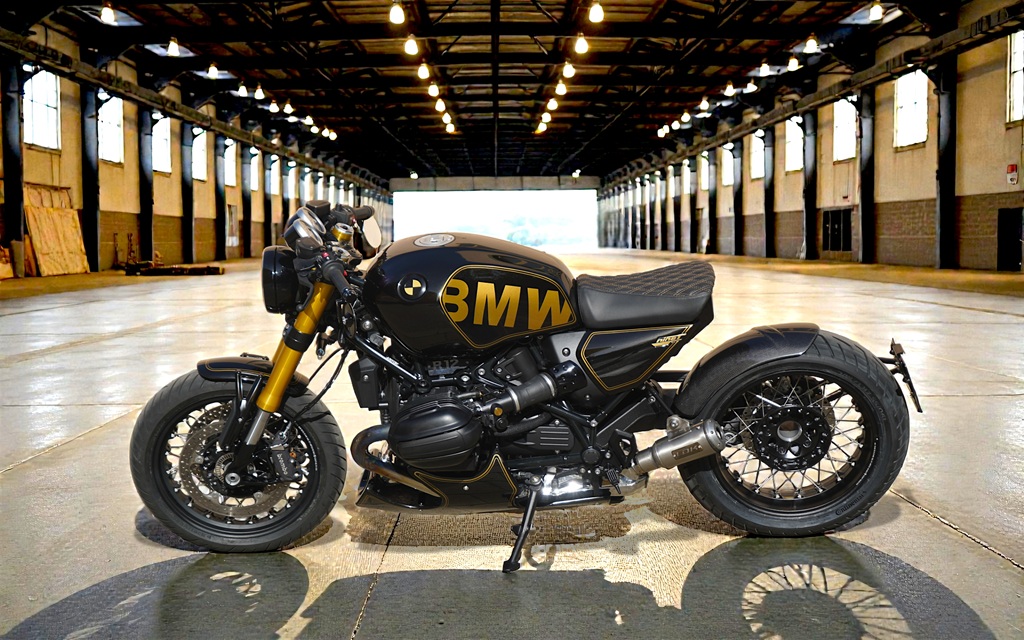
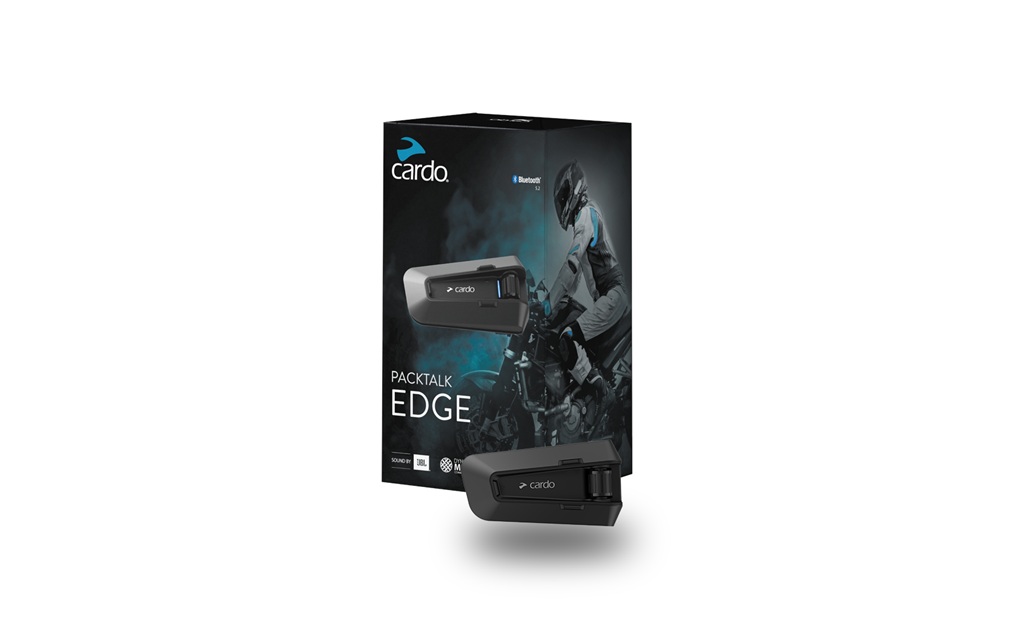
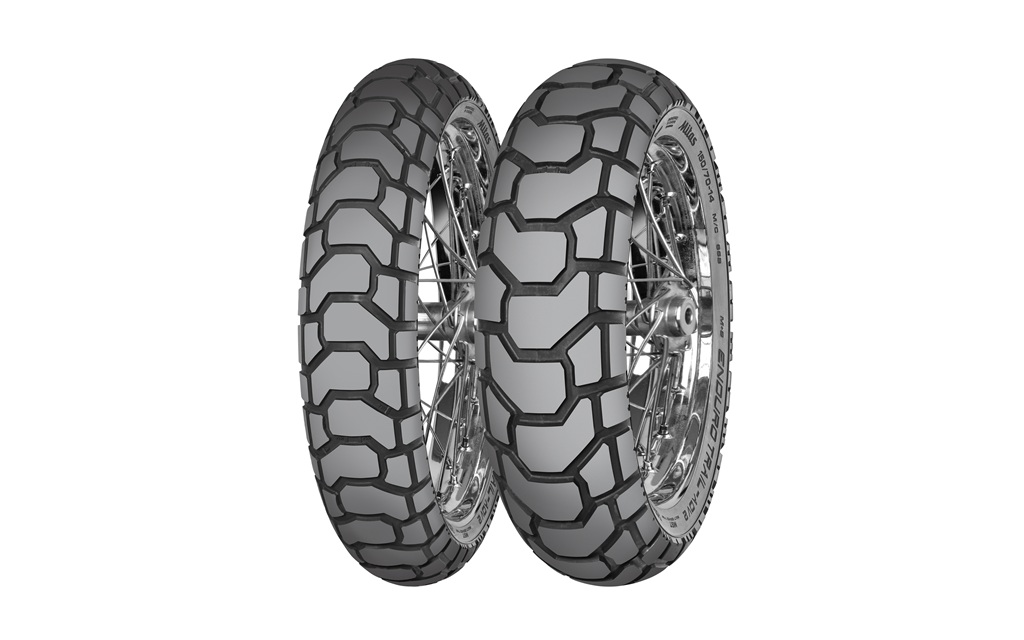
Unusually good coverage of a key safety issue in the popular press.
If you want a better look at relative helmet safety, go to https://sharp.dft.gov.uk/
This system tests helmets beyond the ECE, and publishes an overview of each helmet in terms of actual impact absorption in various areas of the lid.
Thanks for the attention to this concern!
Cheers
Bill
Thank you for that background info. When I buy my next helmet in the spring I will be looking much closer at the labels on these and other brands.
Consider me suspicious but I’ve always felt that ANY EC standard always met a higher bar than North American standards, whether UL , ULC, or DOT.